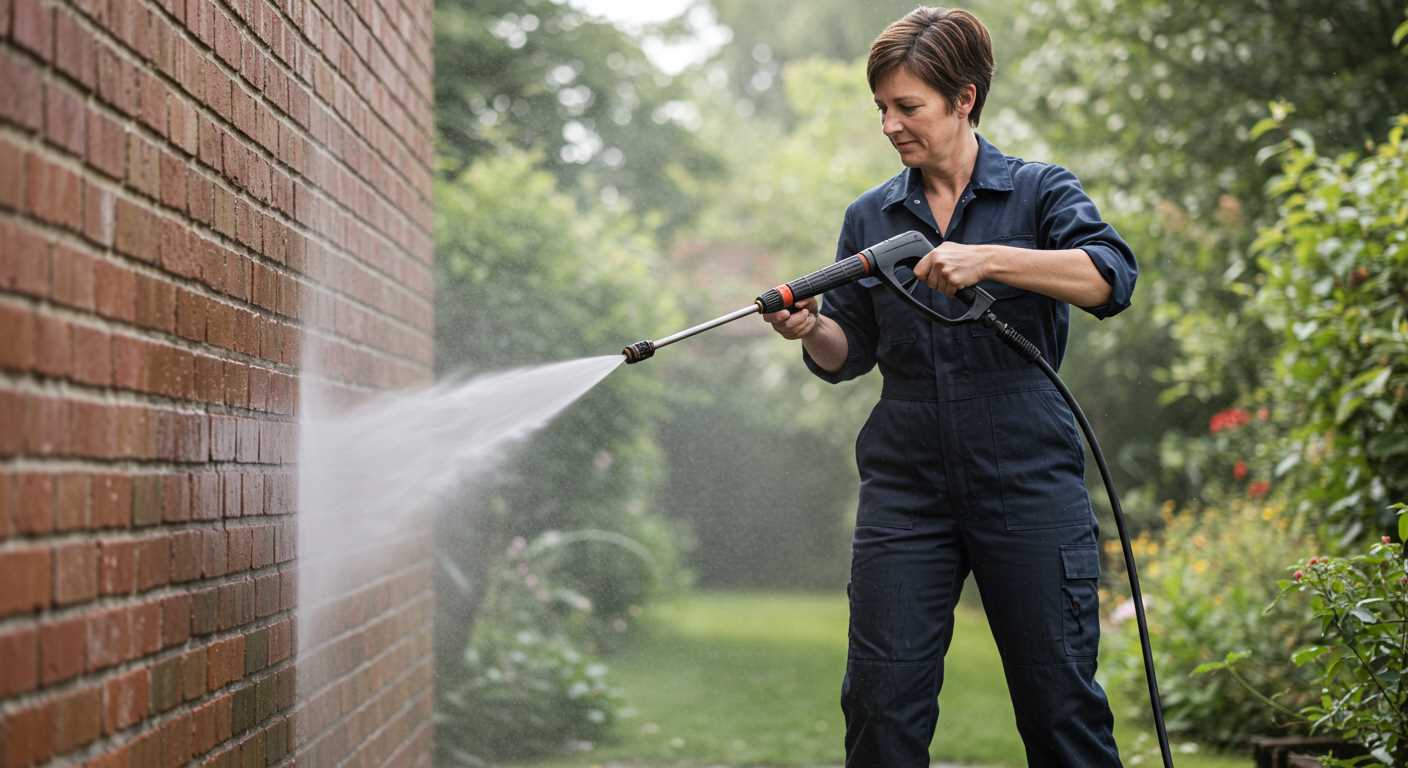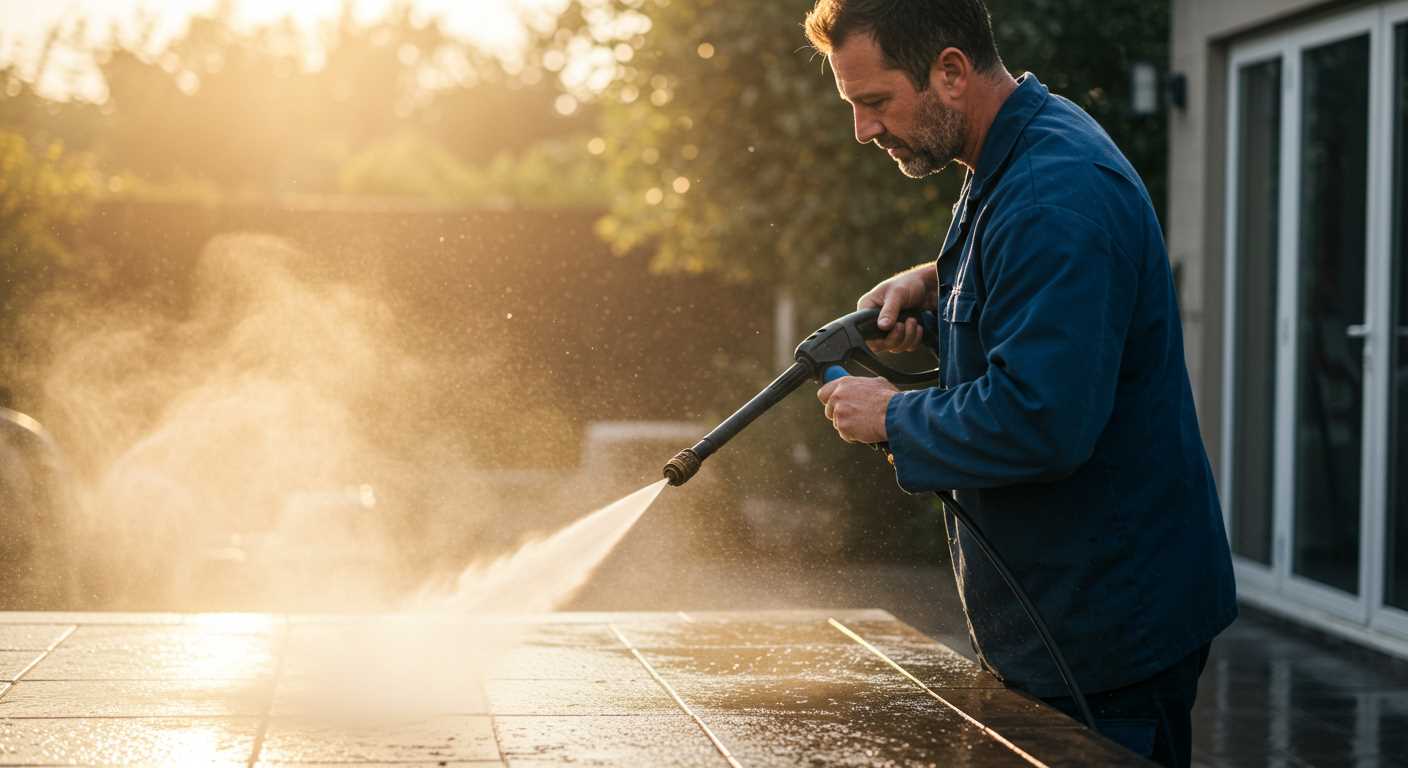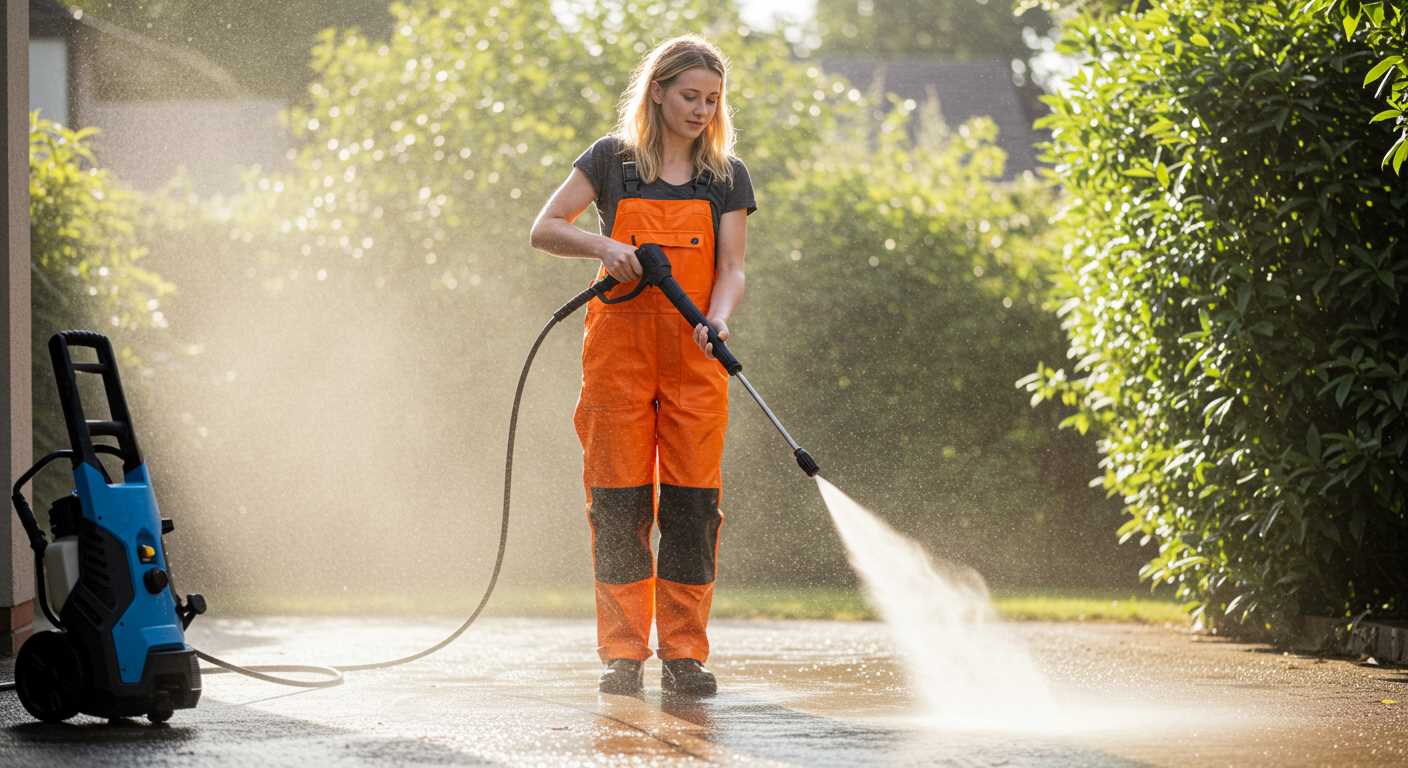



Choosing the right wand attachments for your cleaning equipment can significantly enhance your experience. In my decade-long journey as a consultant and product expert in the realm of cleaning devices, I’ve frequently encountered questions about compatibility across different brands and models. The answer is nuanced: while some attachments fit multiple devices, many do not. Understanding the specifications and connection types is crucial.
Life is easier if you opt for popular connection standards such as M22 or 3/8-inch quick connects. These designs are prevalent among leading manufacturers, allowing you to interchange components without hassle. However, proprietary fittings are still common, meaning that checking compatibility before purchase is essential.
Investing in a universal set may seem appealing, but be cautious. Many such options compromise performance and may not deliver the expected cleaning power. It’s often wiser to select attachments tailored specifically for your equipment. Each model has unique pressure ratings and nozzle outputs, making careful choices key to achieving optimal results.
Compatibility of Cleaning Accessories

Not all cleaning attachments are interchangeable. It’s crucial to verify the connection type before acquiring new tips. Most brands utilise differing sizes and shapes for their fittings; hence, a nozzle designed for one model often won’t suit another. Manufacturers frequently specify compatibility on packaging or their website, so reference those details diligently.
Understanding Connection Types
Common fittings include quick-connect and threaded styles. Quick-connect nozzles facilitate rapid swaps, while threaded types require screwing on. Adapters are available but can compromise performance, so using the manufacturer’s recommended parts is advisable for maintaining optimal function. If you’re considering mixing and matching, consult your model’s manual to avoid potential damage or inefficiency.
Pressure Ratings Matter
Different attachments are rated for specific operating pressures. Exceeding these ratings with a nozzle not designed for higher pressures can lead to failure or safety hazards. Always confirm that the attachment meets or exceeds the capabilities of your equipment. Utilising compatible components will ensure safe operation and enhance cleaning effectiveness.
Understanding Different Pressure Washer Nozzle Types

Each attachment serves a specific purpose and offers distinct advantages suited for various cleaning tasks. Selecting the correct type is crucial to achieve optimum results and prevent damage to surfaces.
Types of Nozzle Attachments
There are several common types of attachments available, each identified by a colour code that indicates the spray angle and pressure level. It’s imperative to understand these classifications to make effective use of your equipment.
| Colour Code | Spray Angle | Usage |
|---|---|---|
| Red (0°) | 0° | Produces a narrow, concentrated stream ideal for tough stains and graffiti removal. |
| Yellow (15°) | 15° | Good for stripping paint and heavy duty cleaning on hard surfaces. |
| Green (25°) | 25° | Versatile for general cleaning tasks like driveways, patios, and vehicles. |
| White (40°) | 40° | Best for light cleaning, such as washing windows and gentle surfaces. |
| Black (Soap) | Soap | Dispenses soap or cleaning solutions, great for pre-treating surfaces before rinsing. |
Choosing the Right Nozzle
Knowing the specific requirements of the cleaning task is fundamental. For example, when tackling delicate surfaces like wood, opt for a higher angle to avoid damage. Conversely, stubborn dirt on concrete can benefit from a narrow jet. Always test on a small, inconspicuous area first to observe the effects.
Proper maintenance of your attachments is also vital. Keep them clean and free from debris to ensure they function effectively and to prolong their lifespan. In my experience, using the right nozzle not only improves efficiency but also enhances overall satisfaction with the cleaning process.
Compatibility of Nozzle Sizes with Various Pressure Cleaners
To ensure optimal performance, it’s imperative to match nozzle sizes with specific brands and models of cleaning equipment. Not all attachments are interchangeable, and using the wrong size can lead to decreased efficiency or damage. Most manufacturers provide compatibility charts that detail which nozzles fit their machines. I highly recommend consulting these resources before making a purchase.
Common Sizes and Their Uses
Standard sizes for these attachments typically include 1/4-inch, 3/8-inch, and 1/2-inch connections. For instance, smaller units often utilise 1/4-inch fittings, while heavier machines may require a 3/8-inch size for proper water flow. Ensure the chosen options align with the flow rate of your power cleaner to avoid issues.
Brand-Specific Attachments
Some manufacturers, like Kärcher and Simpson, create proprietary nozzles that may not work with other brands. Always verify compatibility, especially when considering aftermarket options. When in doubt, reach out to customer service for assistance, as they can advise on the best matching attachments for your model.
How to Identify the Right Nozzle for Your Cleaning Task

Begin by assessing the specific cleaning requirements. Consider the surface type, level of grime, and the area size needing attention.
Follow these steps to ensure you select the most appropriate attachment:
- Surface Type: Hard surfaces like concrete require a different approach than delicate materials such as wood. Use a narrow spray for tougher surfaces and a wider angle for softer ones.
- Grime Level: For light dirt, a fan spray is usually sufficient. If dealing with oil or thick mud, opt for a more concentrated stream. Check for a red nozzle (usually 0 degrees) for heavy-duty tasks.
- Area Size: For vast spaces, wider spray patterns (25 or 40 degrees) can cover more ground quickly. Smaller areas or intricate details benefit from a narrow spray.
- Check Your Equipment: Always verify compatibility. Many attachments are designed to suit specific models, so cross-reference with your machine’s manual or manufacturer’s website.
- Experiment: If available, try different attachments to see which provides the best result. Practise on inconspicuous areas if uncertain.
With these guidelines, you will be equipped to make an informed choice about which cleaning attachment suits your task best, ensuring efficiency and effectiveness in your cleaning efforts.
Impact of Nozzle Angles on Cleaning Performance
The angle of your cleaning accessory significantly affects how effectively dirt and grime are removed from surfaces. A wider angle, such as 40 degrees, is ideal for delicate surfaces where you want to avoid damage while ensuring a broad coverage area. Conversely, a narrower angle, like 0 degrees, delivers a powerful, concentrated stream that can easily lift stubborn stains, making it perfect for tough cleaning tasks.
Optimal Use Cases for Nozzle Angles
.jpg)
When tackling concrete driveways or patios, the 15-degree attachment excels at breaking down embedded dirt due to its high pressure. If you are cleaning a vehicle or a wooden deck, the 25-degree variant provides a balanced approach, maximising dirt removal while minimising potential harm to the surface.
Efficiency through Proper Selection

Selecting the right angle can save both time and effort. A well-chosen attachment can halve the time required for a cleaning task, allowing you to focus on other important activities. Therefore, understanding the specific angle and its corresponding cleaning performance is critical for achieving the best results.
Maintaining and Replacing Nozzle Attachments
Regular inspection of your cleaning equipment’s attachments is essential. Check for wear, corrosion, or any damage to ensure optimal performance. A worn or damaged attachment can result in reduced cleaning efficiency and potential harm to surfaces.
To maintain these parts, rinse them thoroughly after each use. Remove any debris or buildup that can obstruct water flow. Store them in a dry place, ideally in a protective container, to avoid exposure to harsh conditions that can lead to deterioration.
Replacement usually requires identifying the exact size and type to match your model. Purchase from reputable sources to ensure compatibility and quality. Avoid generic brands that may not meet the necessary specifications, as they can affect the overall functionality of your equipment.
Periodically testing your attachments for proper functionality is wise. Attach them and check for leaks or irregular water flow. If the stream is uneven or weak, it might be time for a replacement to maintain effective cleaning.
Investing in higher quality replacements can enhance cleaning performance and extend the lifespan of your equipment. Remember, the right attachment can make all the difference in achieving the desired results.
Common Mistakes When Choosing Pressure Cleaning Attachments

One frequent error is assuming that all attachments fit any device. Failing to check compatibility leads to frustration and wasted time. Always confirm specifications before purchase.
Another mistake is overlooking the angle of the spray. Each angle is designed for specific tasks. For example, a narrow jet is ideal for tough grime but can damage delicate surfaces. A wider angle works better for broader cleaning areas but may not remove stubborn dirt effectively.
Choosing an attachment solely based on colour or appearance is yet another common oversight. Functionality should drive your decision. A high-pressure stream might look appealing, but it won’t be suitable for all tasks.
The neglect of material quality is also problematic. Some attachments may corrode or wear down quickly, impacting performance. Investing in durable options pays off in the long run.
Many users fail to consider the type of surface they are working with. For example, concrete may require a different attachment than wooden decks. Knowing the specifics of your surface ensures optimal results.
Using the wrong attachment for a particular task can lead to inefficiency. Always match the nozzle type with the cleaning requirement for maximum effect.
Finally, ignoring maintenance can severely affect performance. Regularly inspect and clean attachments to ensure they function correctly, preventing any potential issues during use.







